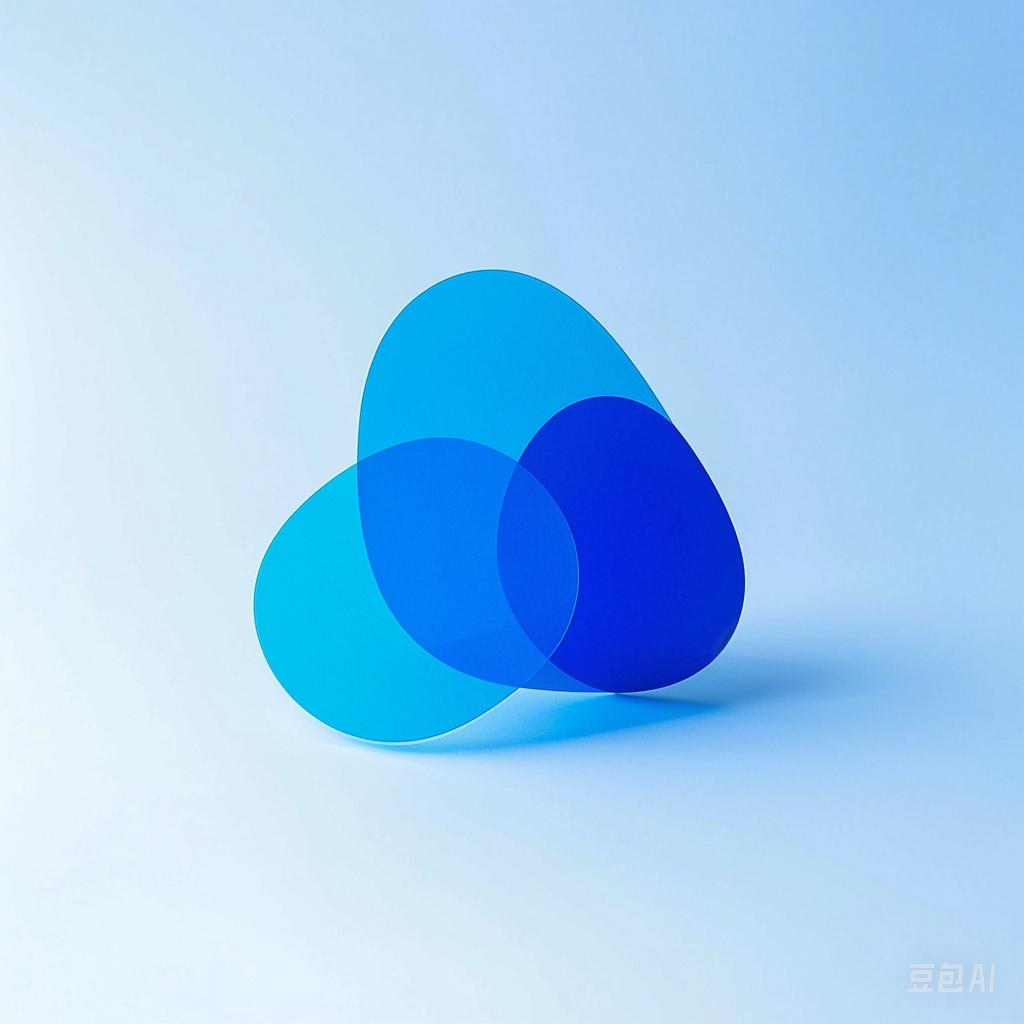在当今这个信息爆炸的时代,大模型技术已经成为了人工智能领域的一大热点。大模型以其强大的数据处理能力和智能分析能力,被广泛应用于自然语言处理、图像识别、语音识别等多个领域。本文将揭秘大模型背后的魅力,探讨如何打造令人惊艳的风格秘密。
一、大模型的技术原理
大模型是基于深度学习技术构建的,通过海量数据训练,使模型具备强大的特征提取和分类能力。以下是几种常见的大模型技术原理:
1. 卷积神经网络(CNN)
CNN是一种在图像识别领域应用广泛的深度学习模型。它通过卷积层提取图像特征,并通过池化层降低特征维度,最终通过全连接层进行分类。
import tensorflow as tf
from tensorflow.keras.models import Sequential
from tensorflow.keras.layers import Conv2D, MaxPooling2D, Flatten, Dense
# 创建CNN模型
model = Sequential([
Conv2D(32, (3, 3), activation='relu', input_shape=(64, 64, 3)),
MaxPooling2D((2, 2)),
Flatten(),
Dense(64, activation='relu'),
Dense(10, activation='softmax')
])
# 编译模型
model.compile(optimizer='adam', loss='categorical_crossentropy', metrics=['accuracy'])
2. 递归神经网络(RNN)
RNN是一种在序列数据处理领域应用广泛的深度学习模型。它通过循环神经网络结构,对序列数据进行特征提取和分类。
import tensorflow as tf
from tensorflow.keras.models import Sequential
from tensorflow.keras.layers import LSTM, Dense
# 创建RNN模型
model = Sequential([
LSTM(50, input_shape=(timesteps, features)),
Dense(10, activation='softmax')
])
# 编译模型
model.compile(optimizer='adam', loss='categorical_crossentropy', metrics=['accuracy'])
3. 转移学习
转移学习是一种利用预训练模型在特定任务上微调的技术。通过在预训练模型的基础上添加特定任务的网络层,提高模型在特定任务上的性能。
import tensorflow as tf
from tensorflow.keras.applications import VGG16
from tensorflow.keras.models import Model
# 加载预训练模型
base_model = VGG16(weights='imagenet', include_top=False)
# 创建迁移学习模型
x = base_model.output
x = tf.keras.layers.Flatten()(x)
predictions = tf.keras.layers.Dense(10, activation='softmax')(x)
model = Model(inputs=base_model.input, outputs=predictions)
# 编译模型
model.compile(optimizer='adam', loss='categorical_crossentropy', metrics=['accuracy'])
二、打造令人惊艳的风格秘密
大模型在各个领域都有广泛应用,以下是一些利用大模型打造令人惊艳的风格秘密:
1. 自然语言处理
利用大模型进行文本生成、机器翻译、情感分析等任务,可以打造出具有独特风格的文本内容。
import tensorflow as tf
from transformers import TFGPT2LMHeadModel, GPT2Tokenizer
# 加载预训练模型
tokenizer = GPT2Tokenizer.from_pretrained('gpt2')
model = TFGPT2LMHeadModel.from_pretrained('gpt2')
# 生成文本
input_ids = tokenizer.encode("The quick brown fox jumps over the lazy dog", return_tensors='pt')
outputs = model.generate(input_ids, max_length=50, num_return_sequences=5)
print(tokenizer.decode(outputs[0], skip_special_tokens=True))
2. 图像识别
利用大模型进行图像识别、风格迁移等任务,可以打造出具有独特风格的图像作品。
import tensorflow as tf
from tensorflow.keras.applications import VGG19
from tensorflow.keras.preprocessing.image import load_img, img_to_array
# 加载预训练模型
base_model = VGG19(weights='imagenet', include_top=False)
# 风格迁移
def style_transfer(content_image_path, style_image_path, model, content_weight=1e2, style_weight=1e2):
content_image = load_img(content_image_path)
content_image = img_to_array(content_image)
content_image = np.expand_dims(content_image, axis=0)
content_image = preprocess_input(content_image)
style_image = load_img(style_image_path)
style_image = img_to_array(style_image)
style_image = np.expand_dims(style_image, axis=0)
style_image = preprocess_input(style_image)
generated_image = model(content_image, style_image, content_weight, style_weight)
return generated_image
# 生成风格迁移图像
generated_image = style_transfer('content.jpg', 'style.jpg', base_model)
3. 语音识别
利用大模型进行语音识别、语音合成等任务,可以打造出具有独特风格的语音作品。
import tensorflow as tf
from tensorflow.keras.models import Sequential
from tensorflow.keras.layers import LSTM, Dense
# 创建LSTM模型
model = Sequential([
LSTM(50, input_shape=(timesteps, features)),
Dense(10, activation='softmax')
])
# 编译模型
model.compile(optimizer='adam', loss='categorical_crossentropy', metrics=['accuracy'])
# 生成语音
def generate_speech(text, model):
# 将文本转换为序列
sequence = tokenizer.texts_to_sequences([text])[0]
# 生成语音
generated_sequence = model.predict(sequence)
return tokenizer.sequences_to_texts([generated_sequence])[0]
# 生成语音
speech = generate_speech("Hello, world!", model)
print(speech)
三、总结
大模型技术为各个领域带来了前所未有的创新和变革。通过深入了解大模型的技术原理和应用场景,我们可以更好地利用这一技术打造出令人惊艳的风格秘密。在未来,随着大模型技术的不断发展,我们有理由相信,它将在更多领域发挥重要作用。
